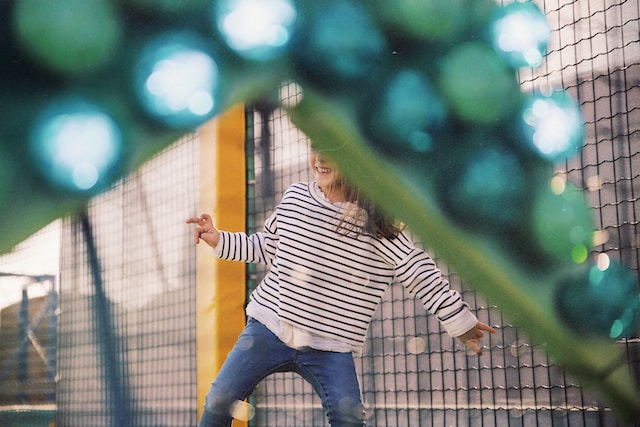Converting a basement into a large soft play area provides a very safe and engaging space for our children to play and grow but also ensures the utilisation of space that might otherwise be underused.
This transformation can encourage physical activity, nurture creativity, and provide endless hours of fun for your children, right under your roof. If you are a parent seeking to offer your children an unparalleled play experience within the comfort of your own home, this guide is for you.
From initial planning stages, through safety considerations, to final decorative touches, we’ll explore how you can create a fun, vibrant, and, above all, safe soft play area in your basement.
1. Planning
Begin by assessing the space you have in which to create an area for children and what you want to achieve. Consider things like the age of your children, their interests, the games they like to play, and how many children will typically be using the space at once. This will help you determine the kind of equipment, layout, and themes you may want to incorporate. Consider including a mix of activity areas such as climbing, sliding, a ball pool, and a rest area.
2. Safety
Safety should be your primary concern. Make sure there are no sharp corners or hard surfaces that could potentially cause injury. The floor should be covered with a soft material like foam tiles, and all play equipment should be securely fastened and age-appropriate. The walls can also be padded for extra safety. Don’t forget to install proper ventilation, sufficient lighting, and easy access to an exit.
3. Professional Consultation
Unless you’re very experienced in this kind of project, it’s a good idea to get professional input. You might want to hire a designer who specialises in children’s spaces, or at least a reputable contractor. They can give advice about how to maximize the use of the space and ensure it meets safety standards.
4. Purchase of Equipment and Materials
After finalizing your design, start purchasing your play equipment and materials. This might include soft play shapes, climbing equipment, slides, tunnels, ball pits, foam tiles, wall padding, etc. Make sure the products you choose are non-toxic and child-friendly. Customizing equipment to your children’s likes could also add a personal touch. For example, you could have slides or tunnels shaped like their favorite animals.
5. Installation
Hire a professional contractor to install the play equipment, or do it yourself if you’re confident in your abilities. All the play equipment should be installed according to the manufacturer’s instructions to ensure safety.
6. Decoration
Decorate the play area with vibrant colors to stimulate your children’s senses and imagination. Wall murals with their favorite cartoon characters, nature scenes, or animals can add a touch of fun.
7. Supervision and Rules
Ensure that there is always an adult to supervise the children when they are playing. You can also establish safety rules that the children must follow when they are in the play area. This could include things like no running, no food or drink in the play area, and always treating others with respect.
8. Regular Maintenance
Perform regular checks on the equipment to ensure it is still secure and safe. This should involve looking for signs of wear and tear, checking all fixings, and ensuring the safety surfaces are clean and intact. It’s advisable to hire professionals for a regular safety check and to make sure pests are kept out of your basement.
In summary, planning and safety should be at the forefront of your basement project. Once those are assured, let your imagination run wild and create a fun, engaging space that your children will love.

